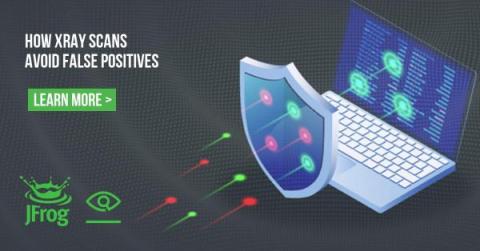Wolves or Sheep: How Xray Avoids False Positives in Vulnerabilities Scans
You probably know the story of “the boy who cried ‘Wolf!’” In the ancient fable, villagers tire of a shepherd’s false alarms, and stop paying attention to them. That’s a lesson for software security teams, not just schoolchildren. Raising concerns about threats that turn out to be flimsy or false erodes the trust that binds your department, and even the faith your customers have in you.











